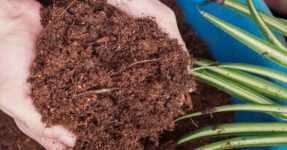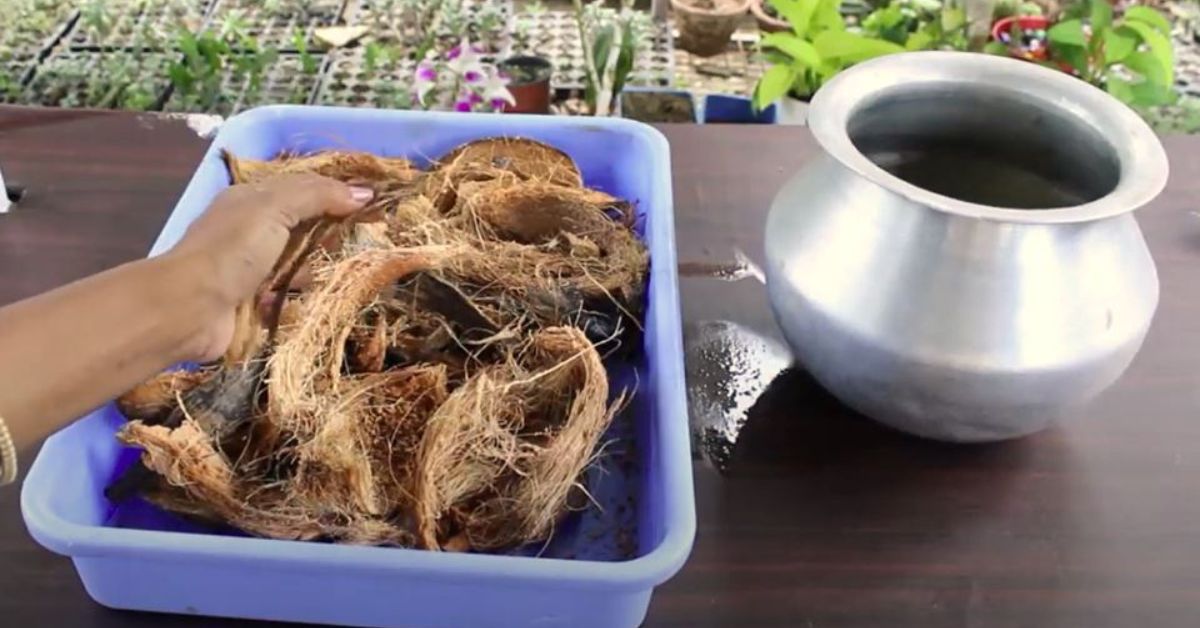
How to Make Cocopeat at Home? Gardener Shares 10 Simple Steps
Derived from coconut husks, cocopeat is a non-fibrous, spongy material that is widely used as a standalone substrate and a growing medium for plants.
Compared to soil, cocopeat is lightweight and anti-fungal, making it an excellent choice for gardeners. It increases the porosity of the potting mix and helps boost root growth by keeping the soil loose. Rich in minerals like nitrogen, phosphorus, zinc and magnesium, cocopeat also increases the fertility of the soil.
Over the years, cocopeat has become a garden essential. Today, gardeners buy cocopeat from the offline and online markets, but did you know it can also be prepared at home in simple steps?
For this, all you need are coconut shells.
Gardening expert Reshma Ranjan says, “Many people make cocopeat by grinding the upper peel of coconut in a mixer jar but this technique does not give good results. It takes a little more time and effort to make good quality cocopeat.”

She shares a step-by-step guide to making cocopeat at home:
- Collect upper peels from two to three coconuts.
- Mix the peels in soil and water.
- Keep the mixture aside in a jar or a bucket.
- It is crucial to keep the coconut peels immersed in water for two months.
- After about two months, strain the peels from the water.
- Do not throw the leftover water; pour it into plants as it acts as a good liquid fertiliser.
- Remove all excess water from the coconut peels and cut them into small pieces.
- Grind these chunks with the help of a mixer.
- Your homemade cocopeat is ready for use.
- You can store and use it for more than a year.
Finally, Reshma advises, “Do not throw away chunks that could not be converted into fine powder. You can use this coconut fibre for mulching plants.”
Edited by Khushi Arora.



